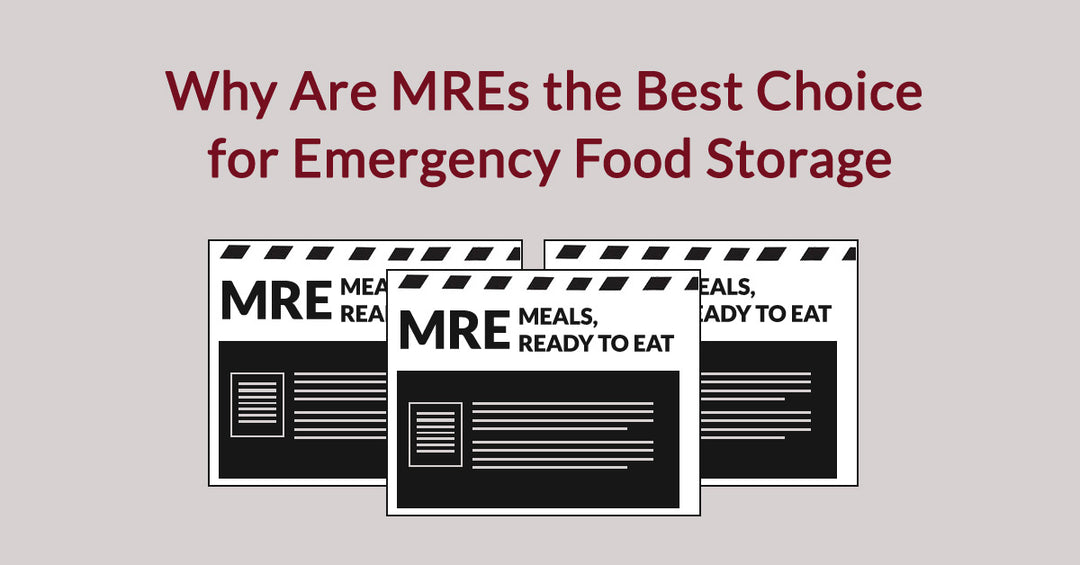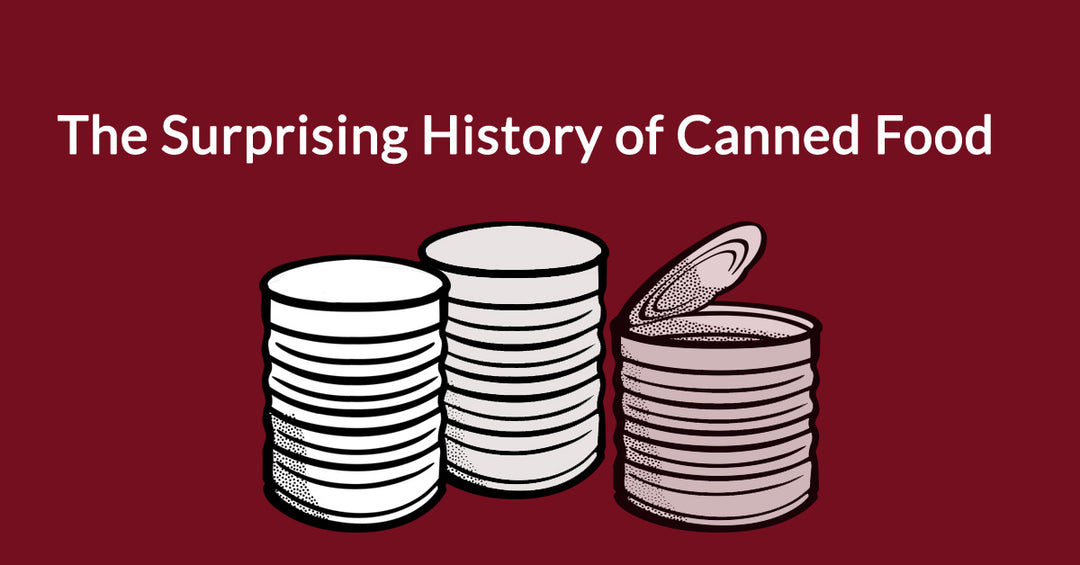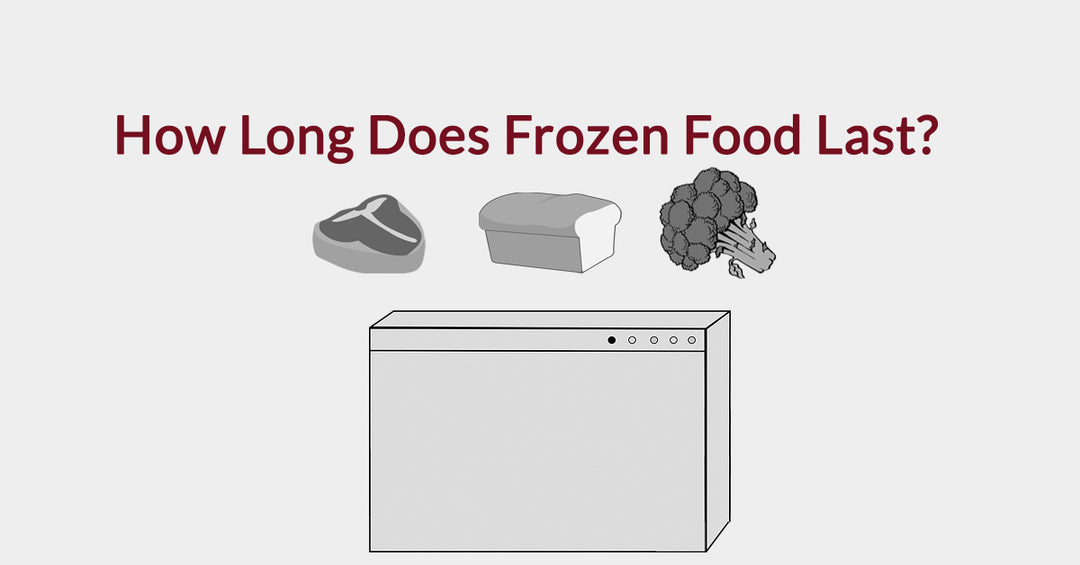US Food Supply Disaster Series: Hurricane Charley (August 2004, Florida)

In August 2004, Hurricane Charley made an abrupt and destructive entrance into Florida, quickly intensifying to a Category 4 hurricane before making landfall. Its sudden, unexpected shift in track caught many communities, particularly those in Central Florida towns, by surprise. While the immediate focus was on the storm's destructive winds, Charley also laid bare critical vulnerabilities in local food security and disaster communication systems. The food-related challenges faced, especially by older residents and seasonal workers, offered invaluable lessons for improving emergency preparedness and food aid coordination in the face of rapidly evolving threats. This blog post will delve into the specific hurdles encountered during Charley and the lasting impact on how disaster response is managed.
The Element of Surprise: Food Challenges During Charley
Hurricane Charley's most distinguishing characteristic was its sudden and significant deviation from its predicted path. Originally forecast to hit Tampa, the storm veered sharply northeast, making landfall near Punta Gorda and tearing a path through the heart of Florida. This sudden shift in hurricane track caught communities unprepared, particularly those inland who had less experience with direct hurricane impacts. Many residents, having prepared for a glancing blow or no direct hit at all, were left scrambling with little time to secure food or evacuate effectively.
The immediate aftermath brought widespread power outages, leading to extensive food spoilage. With no electricity, refrigerators and freezers quickly failed, forcing residents to discard perishable items. This loss of food was particularly devastating for low-income households and those with limited access to transportation or financial resources to replenish supplies. For older residents, who may have had mobility issues or relied on specific medications requiring refrigeration, the challenge was even more acute. Many were cut off from their usual support networks and struggled to find safe, edible food. The Florida Department of Elder Affairs reported a significant need for assistance among seniors in the aftermath of Charley, underscoring this vulnerability. (Source: Florida Department of Elder Affairs, post-hurricane reports)
Compounding the problem were closed stores. Grocery stores, pharmacies, and other essential businesses either sustained damage, lost power, or were simply unable to operate due to staff evacuations and road closures. This left entire communities with no local access to food, water, or or other necessities for days, sometimes weeks.
Real-Time Solutions: Enhancing Disaster Communication and Aid
The rapid onset and unexpected path of Hurricane Charley served as a powerful catalyst for significant improvements in disaster communication and the implementation of real-time food aid tracking tools. The lessons learned directly influenced how future storms would be handled.
One of the most critical outcomes was the push for faster disaster communication. The reliance on static, pre-recorded messages proved insufficient when a storm's trajectory changed in hours. Post-Charley, meteorological agencies and emergency management offices focused on developing more dynamic and immediate warning systems. This included enhancing weather alert radios, utilizing emergency broadcast systems more effectively, and exploring new technologies like cellular alerts (which were nascent at the time). The goal was to provide continuously updated information, allowing communities more time to react, whether it was to secure their homes or evacuate. (Source: National Hurricane Center, post-storm assessments)
In terms of food aid, Charley highlighted the glaring need for real-time food aid tracking tools. The chaotic early response made it difficult to know exactly where food was most needed, where it was being sent, and whether it was actually reaching the affected populations. This led to inefficiencies, duplication of effort in some areas, and critical gaps in others. Following Charley, there was a concerted effort to develop and implement digital platforms and systems that could track aid shipments from distribution centers to shelters and communities. These tools aimed to provide a comprehensive overview of available resources and needs, allowing for more precise and efficient deployment of food and other supplies. (Source: FEMA, reports on logistics improvements post-2004 hurricane season)
Furthermore, the experience of Charley contributed to a greater understanding of the specific needs of vulnerable populations. This led to more targeted planning for food assistance programs that account for the unique challenges faced by older adults, individuals with disabilities, and low-income or seasonal workers.




